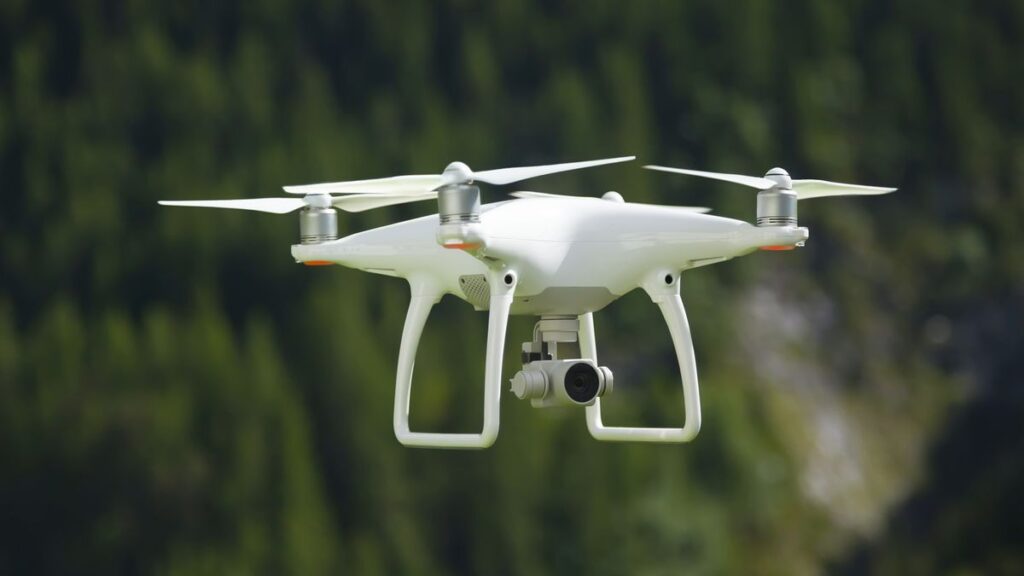In today’s rapidly evolving technological landscape, the integration of drones has emerged as a game-changing solution in various industries. From agriculture and construction to disaster management and environmental conservation, drones have proven to be versatile tools, offering a multitude of advantages when it comes to inspecting beyond traditional boundaries. These unmanned aerial vehicles, equipped with cutting-edge cameras and sensors, empower us to explore and analyze areas that were once inaccessible or too hazardous for humans. The drone advantage lies in its ability to not only improve efficiency but also enhance safety, reduce costs, and gather valuable data for informed decision-making. One of the most significant advantages of employing drones for inspections is their capability to reach challenging or remote locations. In the context of agriculture, drones can monitor vast farmlands and deliver crucial data on crop health, helping farmers optimize their operations and resource usage. In the construction industry, they are used to survey construction sites, assess progress, and identify potential issues, all while minimizing the need for manual labor in hazardous conditions.

When it comes to infrastructure inspections, such as bridges, power lines, and pipelines, drones can traverse vast distances, capturing high-resolution images and video to pinpoint areas of concern without the need for extensive human intervention. Drones also bring an unparalleled level of safety to inspection processes. Hazardous environments, such as nuclear power plants, chemical facilities, and disaster-stricken areas, can pose significant risks to human inspectors. By deploying drones equipped with specialized sensors, these areas can be inspected remotely, reducing the exposure of individuals to potential dangers. This is not only a cost-saving measure but also a life-saving one. In search and rescue operations during natural disasters, drones have been instrumental in quickly identifying survivors and assessing the extent of damage, ensuring more efficient and effective responses. Cost-efficiency is another compelling aspect of the drone advantage go and visit website. Traditional inspection methods often involve expensive equipment and labor-intensive processes. In contrast, drones offer a cost-effective solution.
They require relatively low initial investments, and their operational costs are significantly lower than those associated with traditional inspection methods. Drones can cover larger areas in less time, reducing labor costs, while also minimizing the need for heavy machinery, which can be expensive to operate and maintain. The data collected by drones during inspections is invaluable in decision-making and long-term planning. Advanced imaging systems, thermal cameras, and other sensors provide highly detailed and real-time information that can be used for predictive maintenance, resource allocation, and environmental monitoring. For example, in the realm of environmental conservation, drones have been instrumental in tracking wildlife populations and monitoring the health of ecosystems. The data they provide supports evidence-based conservation efforts and aids in mitigating the impacts of climate change. In conclusion, the drone advantage in inspecting beyond boundaries is undeniable. These remarkable aerial vehicles have transformed industries by revolutionizing the way we gather information from inaccessible or hazardous locations.
Categories: Technology